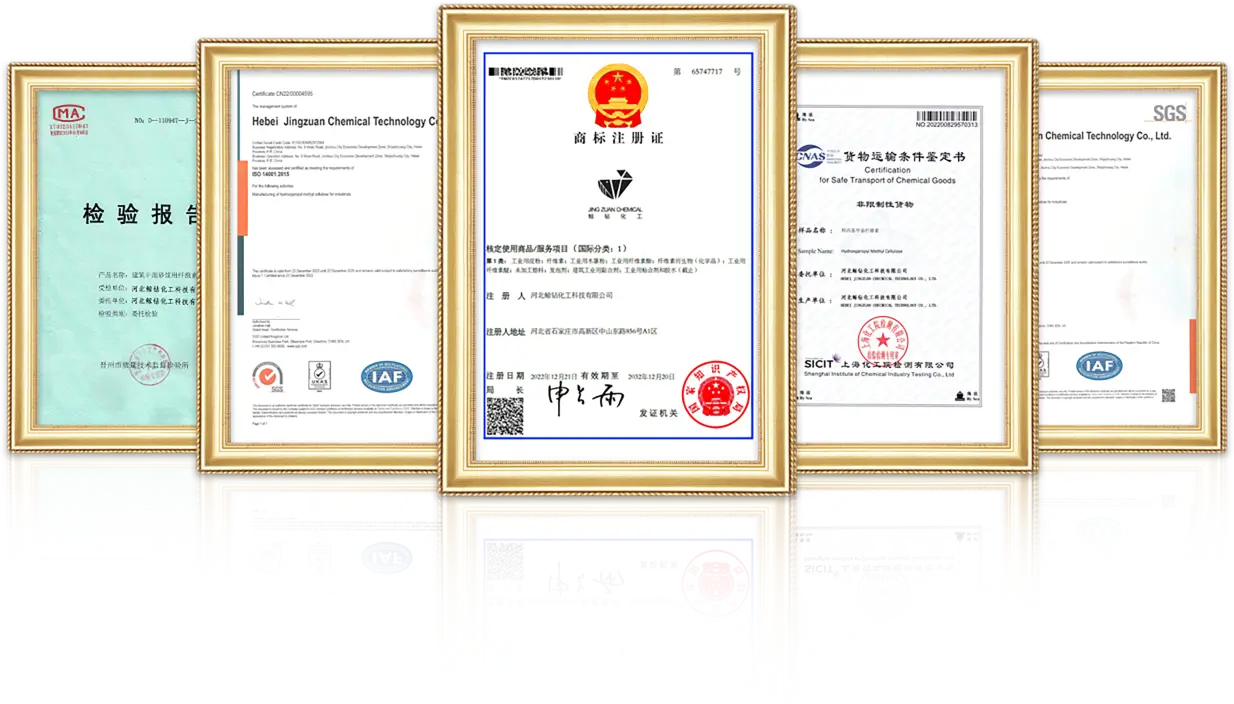
Nov . 01, 2024 12:10 Back to list
Understanding the Production Process of Hydroxyethyl Cellulose and Its Applications
Hydroxyethyl cellulose (HEC) is a widely used chemical compound, primarily known for its applications in the pharmaceutical, cosmetic, and food industries. This water-soluble polymer is derived from cellulose, a natural polymer found in the cell walls of plants. The production of hydroxyethyl cellulose involves several key steps, primarily focusing on the modification of cellulose to enhance its properties.
.
During this hydroxyethylation process, the degree of substitution (DS) is a critical factor. The DS indicates the average number of hydroxyethyl groups attached to the cellulose chains. The extent of substitution directly influences the properties of the resulting hydroxyethyl cellulose, including its solubility, viscosity, and film-forming capabilities. For instance, a higher degree of substitution often results in increased water solubility and viscosity, making HEC suitable for various applications.
how is hydroxyethyl cellulose made

After the hydroxyethylation reaction, the mixture must be neutralized and then purified to remove unreacted ethylene oxide and any by-products formed during the reaction. This purification step is vital to ensure the safety and efficacy of the final product, particularly when used in pharmaceuticals and food-related applications.
Once purified, hydroxyethyl cellulose can be processed into various forms, including powders or solutions, depending on the intended application. Its versatile nature allows HEC to be utilized as a thickening agent, stabilizer, or film-forming agent in a wide range of products. In the pharmaceutical industry, it serves as a binder and controlled-release agent in tablets, while in cosmetics, it enhances the texture and viscosity of creams and lotions.
In summary, hydroxyethyl cellulose is synthesized through the hydroxyethylation of cellulose using ethylene oxide. The process involves careful control of reaction conditions and purification steps to produce a versatile polymer with diverse applications across multiple industries. As demands for natural and effective ingredients continue to grow, the significance of hydroxyethyl cellulose is likely to expand further in the future.
-
Versatile Hpmc Uses in Different Industries
NewsJun.19,2025
-
Redispersible Powder's Role in Enhancing Durability of Construction Products
NewsJun.19,2025
-
Hydroxyethyl Cellulose Applications Driving Green Industrial Processes
NewsJun.19,2025
-
Exploring Different Redispersible Polymer Powder
NewsJun.19,2025
-
Choosing the Right Mortar Bonding Agent
NewsJun.19,2025
-
Applications and Significance of China Hpmc in Modern Industries
NewsJun.19,2025







